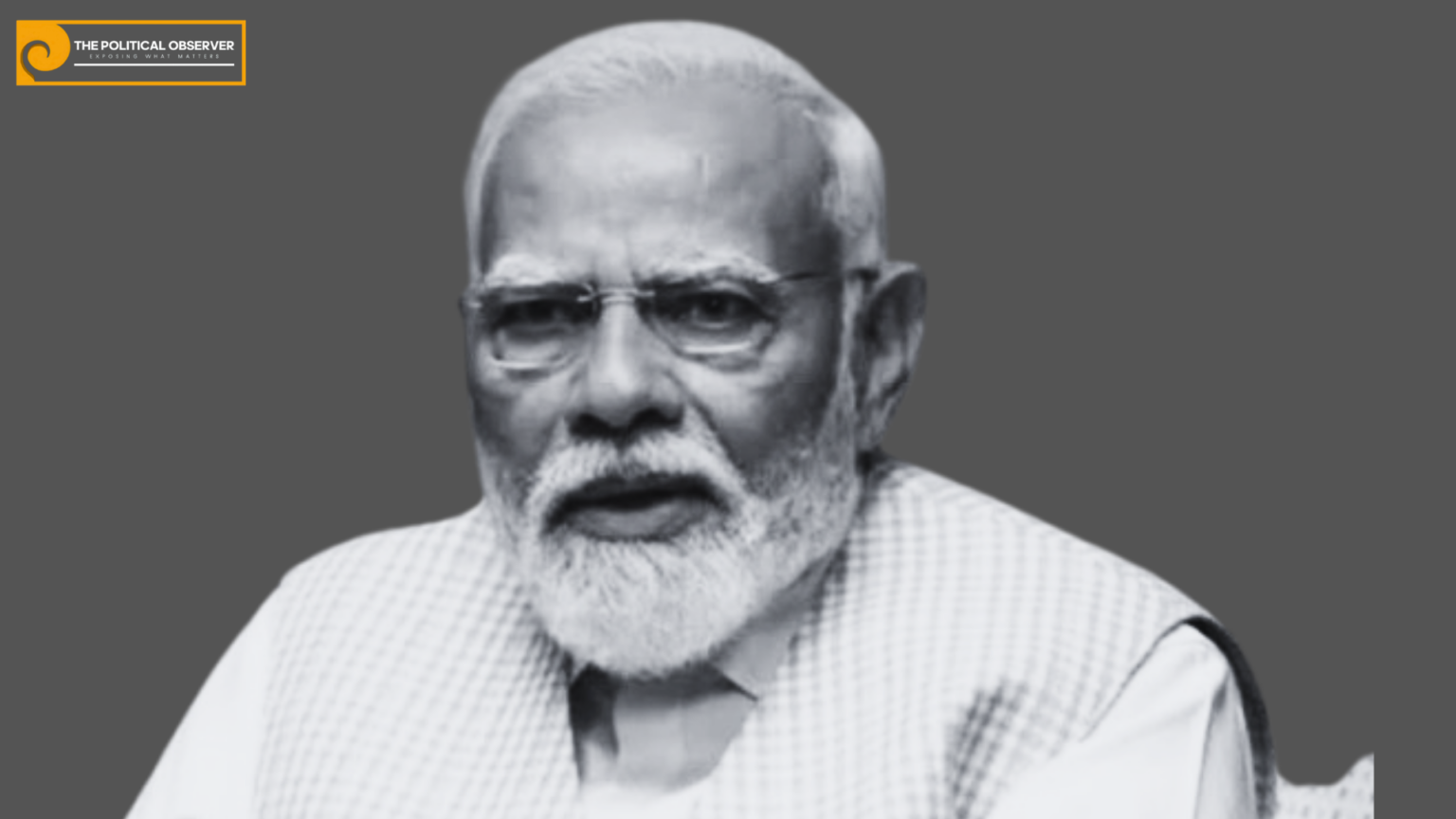Prime Minister Narendra Modi on Friday embarked on a day-long visit to Bihar and West Bengal, where he launched and inaugurated infrastructure projects valued at over ₹17,000 crore. The initiatives, spread across key sectors such as railways, roads, energy, IT, and rural development, are aimed at enhancing regional connectivity, boosting economic growth, and supporting sustainable development.
In Bihar: Strengthening Rail, Road, and Digital Infrastructure
In Bihar, the Prime Minister laid the foundation stone and dedicated a slew of projects encompassing rail, road, fisheries, rural development, and the digital sector.
A major thrust was given to railway infrastructure, with PM Modi dedicating multiple rail projects to the nation. These include the automatic signalling system between the Samastipur-Bachhwara section and the doubling of rail lines between Darbhanga-Thalwara and Samastipur-Rambhadrapur. Together valued at over ₹580 crore, these projects are expected to enhance operational efficiency and reduce delays.
The Prime Minister also laid the foundation for additional rail works such as the maintenance infrastructure for Vande Bharat trains at Patliputra and the installation of automatic signalling on the Bhatni–Chhapra Gramin rail line. A key highlight was the launch of the Darbhanga–Narkatiaganj doubling project worth ₹4,080 crore, which will enhance passenger and freight train capacity and improve North Bihar’s connectivity with the rest of the country.
In road development, PM Modi laid the foundation stone for the four-laning of the Ara bypass on NH-319 and inaugurated the Parariya–Mohania section of the same highway. These segments link Ara town to the Golden Quadrilateral, thereby improving freight and passenger mobility. Additionally, a two-lane paved shoulder road from Sarwan to Chakai under NH-333C was also inaugurated, creating a vital connection between Bihar and Jharkhand.
Digital connectivity and the IT sector received a boost with the inauguration of a new Software Technology Parks of India (STPI) centre in Darbhanga and a modern incubation hub in Patna. These centres are expected to catalyse Bihar’s startup ecosystem and expand software exports from the region.
Under the Pradhan Mantri Matsya Sampada Yojana, a range of fisheries projects—hatcheries, ornamental fish units, and aquaculture infrastructure—were launched to promote rural employment and entrepreneurship.
Four new Amrit Bharat trains were also flagged off, connecting Patna, Motihari, Darbhanga, and Malda Town to major destinations including New Delhi and Lucknow. This move aims to significantly strengthen regional and interstate rail links.
In a significant rural outreach, PM Modi released ₹400 crore to nearly 61,500 Self-Help Groups under the Deendayal Antyodaya Yojana – National Rural Livelihoods Mission. Keys were handed over to 12,000 families under the Pradhan Mantri Awaas Yojana-Gramin, along with the release of over ₹160 crore in financial assistance.
In West Bengal: Clean Energy and Logistics in Focus
Later in the day, the Prime Minister arrived in Durgapur, West Bengal, to launch projects worth ₹5,000 crore in the energy, transport, and industrial sectors.
In a push for clean and affordable energy, he laid the foundation stone for Bharat Petroleum Corporation Limited’s City Gas Distribution project across Bankura and Purulia districts. Valued at ₹1,950 crore, the initiative aims to provide piped gas to homes and CNG to vehicles, supporting cleaner fuel adoption.
He also dedicated the Durgapur-Kolkata section of the Durgapur-Haldia Natural Gas Pipeline to the nation. This 132-km pipeline segment, costing ₹1,190 crore, is part of the Pradhan Mantri Urja Ganga scheme and will expand natural gas supply in Purba Bardhaman, Hooghly, and Nadia districts.
Further bolstering green infrastructure, the Prime Minister inaugurated Flue Gas Desulphurization systems at the Durgapur and Raghunathpur thermal power stations under Damodar Valley Corporation. The ₹1,457 crore pollution-control systems are expected to enhance air quality and promote sustainable power generation.
On the rail front, the 36-km doubling of the Purulia–Kotshila rail line was inaugurated to improve connectivity between industrial and urban hubs such as Jamshedpur, Ranchi, and Kolkata. Two road overbridges in Topsi and Pandabeshwar were also inaugurated under the Setu Bharatam programme to improve road safety and reduce traffic congestion at railway crossings.
With this comprehensive infrastructure blitz, the Centre aims to accelerate development in Eastern India and bring modern amenities to underserved regions.



